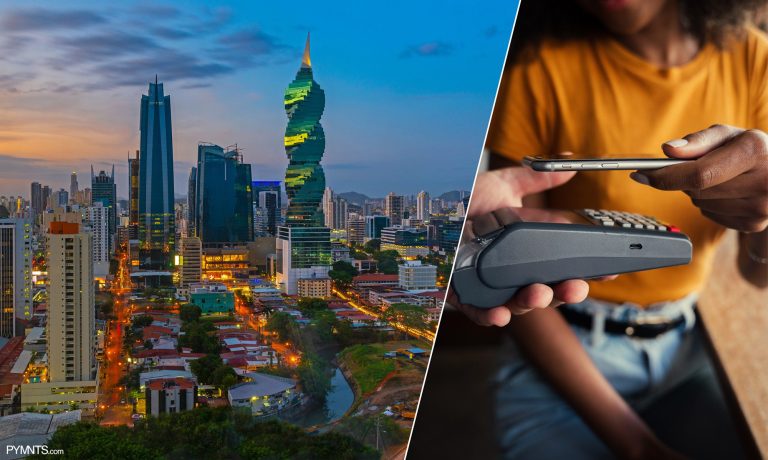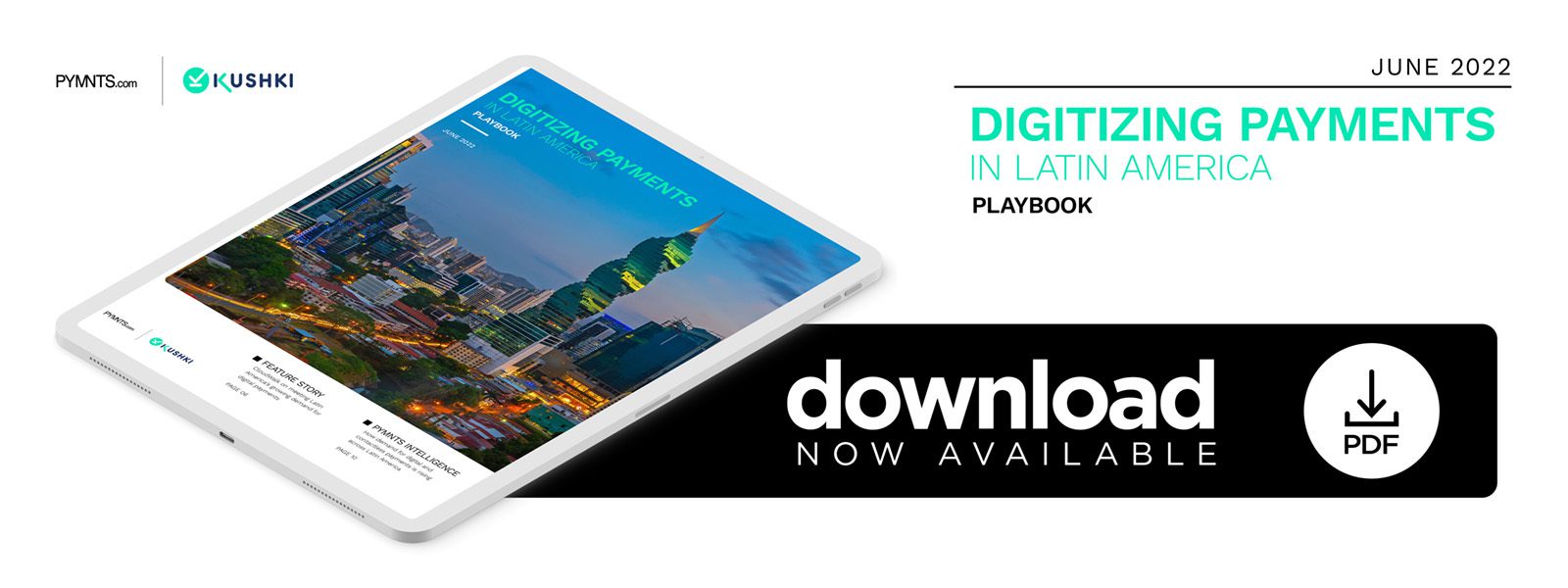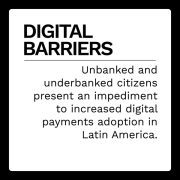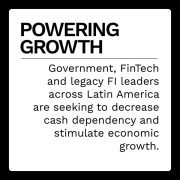Brazil’s Bold Steps Towards Digital Payments Adoption

 As the world adopts digital payment options at a breakneck pace, Latin American countries have typically lagged in the shift away from cash to alternative payment methods, including digital wallets, QR codes and other contactless payment options. With recent research in
As the world adopts digital payment options at a breakneck pace, Latin American countries have typically lagged in the shift away from cash to alternative payment methods, including digital wallets, QR codes and other contactless payment options. With recent research in dicating that economic growth is more sluggish for cash-reliant societies than for those shifting to digital payments, the war against cash in the region is taking greater precedence than ever. Still, daunting challenges linger.
dicating that economic growth is more sluggish for cash-reliant societies than for those shifting to digital payments, the war against cash in the region is taking greater precedence than ever. Still, daunting challenges linger.
In this edition of the Digitizing Payments In Latin America Playbook, PYMNTS delves deeper into the history of banking in Latin America and the obstacles the region faces during the current push for digital adoption.
Around the Digital Payments in Latin America Space
While the pandemic played a strong role in moving cash-dependent consumers into the digital world, many Latin American markets are still seeking further buy-in of digitization to protect economic growth. Mexico is one such country that shows a growing appetite for digital transformation, with signs of strong digital acceleration happening during the last two years.
Before the pandemic, for example, 93% of the Mexican population used cash as a primary payment method, but by the end of 2020, that figure was 86%. Mexican consumers relied primarily on debit cards for online transactions, but the use of digital wallets and QR code payment options has risen as digital payments adoption has increased. This willingness to change payment preferences has opened the door to new opportunities for innovators in Mexico.
As Mexico works toward building its payment highway, key players are making strides in the country to expedite the process and encourage digital payments adoption. For example, Banxico, the Central Bank of Mexico, recently announced that a digital peso will become available in 2024.
highway, key players are making strides in the country to expedite the process and encourage digital payments adoption. For example, Banxico, the Central Bank of Mexico, recently announced that a digital peso will become available in 2024.
The goal of the digital peso is to provide citizens with more stable tokens of cryptocurrency, handled in a central repository to meet the growing demand for digital currency and support financial inclusion by allowing consumers to transfer pesos via a digital version of cash. Improving financial inclusion in Mexico and continuing to wean citizens off cash is the key concern as Latin American countries realize that without a push toward digital adoption, their economies are at risk of falling behind.
For more on these and other stories, visit the Playbook’s News and Trends.
CloudWalk on Meeting Latin America’s Growing Demand for Digital Payments
Brazilian small- to medium-sized businesses (SMBs) have been poorly served by legacy banks, leaving a void for alternative payment options to fill, according to Luis Silva, founder and CEO of payment network provider CloudWalk. But as Brazil’s economy and marketplaces enter a new era where payments processing needs to be on the cutting edge, the need for bold innovation has created a niche for entrepreneurs like Silva.
In this month’s Feature Story, PYMNTS examines the needs of the Brazilian payments processing space and the steps Silva and his peers are taking to ensure a digital future in the country’s vast market.
How Demand for Digital and Contactless Payments Is Growing Across Latin America
 Despite widespread payment changes and restrictions on cash usage amid the pandemic, Latin American countries were hesitant to embrace digital payments with open arms. Reports on digital adoption in Brazil showed around one-quarter of banked citizens still avoided mobile payments due to security concerns or uncertainty around how the process works. Brazil was certainly not alone in that regard, with other countries, including Mexico, continuing the hesitance. This is showing signs of change, however, as digital technologies have made their way into the region and more citizens gain access to them — and decide they’re never going back.
Despite widespread payment changes and restrictions on cash usage amid the pandemic, Latin American countries were hesitant to embrace digital payments with open arms. Reports on digital adoption in Brazil showed around one-quarter of banked citizens still avoided mobile payments due to security concerns or uncertainty around how the process works. Brazil was certainly not alone in that regard, with other countries, including Mexico, continuing the hesitance. This is showing signs of change, however, as digital technologies have made their way into the region and more citizens gain access to them — and decide they’re never going back.
To learn more, visit the PYMNTS Intelligence section.
About the Playbook
This edition of the Digitizing Payments In Latin America Playbook®, a PYMNTS and Kushki collaboration, delves deeper into the history of banking in Latin America and the obstacles the region faces during the current wave of digital adoption.